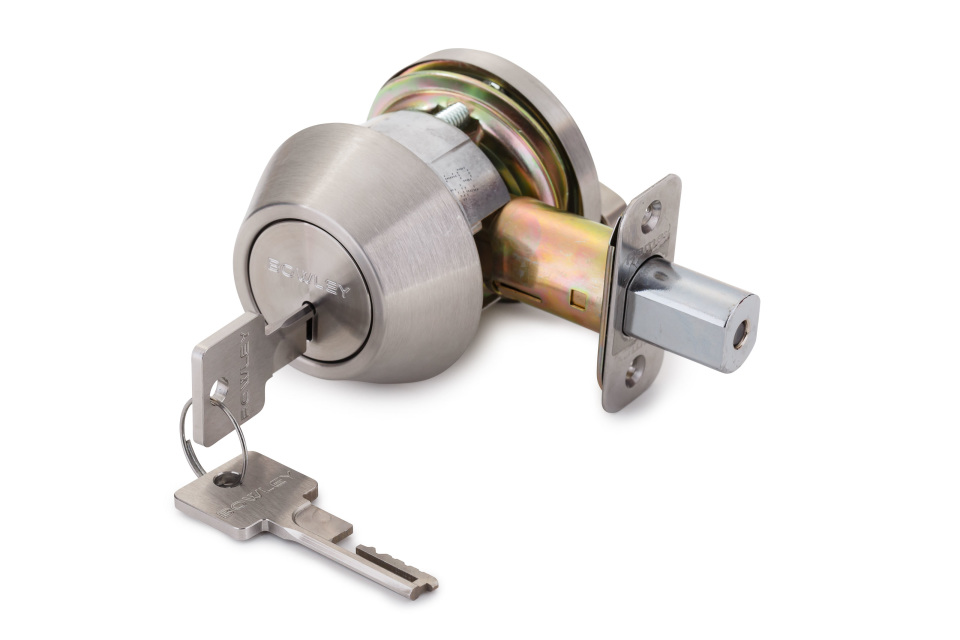Okay!
If you notice, each key has at least one high cut (or at least a higher cut) behind a low cut. The reason it's important is because when picking it, depending on the binding order of the pins, you have to lift the higher cut key pin without inadvertently lifting the lower cut key pin, which could cause an over-set condition at that pin, preventing the lock from opening.
View attachment 22932
I mentioned binding order.
When you tension a lock, due to slight irregularities in machining the lock when it's manufactured, at any given point there is only one pin at a time preventing the core from turning. That causes one pin to bind when it is initially tensioned, making it the first pin that needs to be picked. Once that pin has been lifted to the shear line, the core will shift imperceptibly and stop against the next pin in the binding order.....and so on, and so on, until the pock opens. Now with that basic understanding of how it all works, you can begin to see how the bitting arrangement can play a part in making the lock more difficult to open. You can also start to understand why serrated and spool pins being added increases the security of the lock against pickers.
On entry locks, there is another thing to consider. The key turns both ways. One direction locks the lock, and the other direction opens the lock. It is common for locks to be easier to pick in one direction than the other. However, changing the direction that you tension the core also effectively reverses the binding order in most cases.
To get around this, most experienced pickers have a tool called a core spinner. The spinner is a spring wound mechanism with a blade that's inserted into the key slot which when triggered will spin a core that has been picked open in one direction over to the other side so quickly that the driver pins don't have time to drop as the key pins pass them. This allows the picker to open the lock in whatever direction is the easiest, and if it's the wrong direction to unlock the lock, he just spins it to the other side and achieves the open. A spinner also allows the picker to re-lock the lock without having to pick it again, if he desires.


